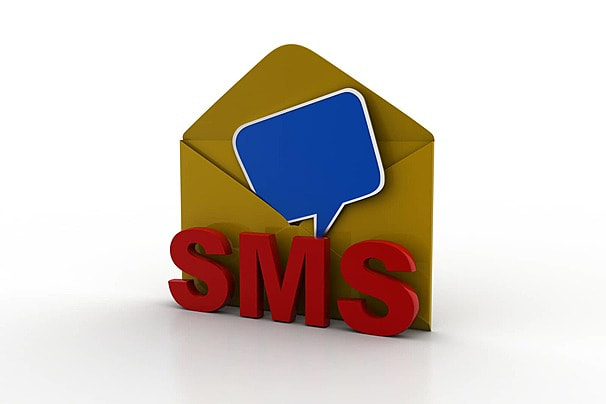Top SMS Marketing Strategies for 2025








Top SMS Marketing Strategies for 2025
Top SMS Marketing Strategies for 2025: What You Need to Know
Introduction
With the rise of mobile-first consumers and instant communication, SMS marketing is poised to remain a key player in digital marketing. As we approach 2025, businesses are looking for innovative SMS strategies to stay ahead. In this guide, we’ll explore the latest trends and strategies to maximize your SMS marketing impact.
1. Personalized Messaging
- Customer Segmentation: Segment your audience by behavior, location, or purchase history for targeted messaging.
- Dynamic Content: Use customer data to create personalized offers, recommendations, and greetings.
- Behavioral Triggers: Send tailored messages based on customer actions, such as browsing history, purchases, or abandoned carts.
Why It Works: Personalization builds trust and boosts engagement, increasing open rates and conversions.
2. SMS Automation for Efficiency
- Welcome Messages: Automate welcome messages for new subscribers to make a positive first impression.
- Reminder and Follow-Up: Set up reminders for events, appointments, and product launches to keep customers informed.
- Triggered Messages: Use automation to send messages triggered by customer behavior, such as post-purchase follow-ups or special anniversaries.
Why It Works: Automation ensures timely communication without requiring manual effort, making SMS marketing scalable.
3. Omnichannel Integration
- Sync with Email Marketing: Coordinate SMS with email campaigns for consistent messaging across channels.
- Social Media Synergy: Integrate SMS with social media promotions to create a cohesive marketing approach.
- Seamless CRM Integration: Link SMS campaigns with your CRM to keep track of customer interactions and improve personalization.
Why It Works: An omnichannel strategy strengthens customer relationships by creating a unified brand experience.
4. Rich Communication Services (RCS) Messaging
- Enhanced Messaging: RCS enables rich media, including images, videos, carousels, and action buttons within SMS messages.
- Interactive Features: Allow customers to interact directly, for instance, by booking an appointment or viewing a product catalog within the message.
- Brand Verification: RCS verifies your brand identity, which adds credibility and improves open rates.
Why It Works: RCS provides an elevated messaging experience, increasing engagement and reducing friction in the customer journey.
5. Compliance-First Approach
- Consent Management: Ensure customers explicitly opt-in and have clear instructions on how to opt-out.
- Data Privacy: Stay updated with data protection laws such as GDPR and CCPA to avoid fines and maintain trust.
- Frequency Control: Limit message frequency to prevent over-communication and respect customer boundaries.
Why It Works: Compliance with regulations not only avoids legal issues but also builds customer trust.
6. AI-Driven Customer Insights and Predictions
- Predictive Analytics: Use AI to analyze customer behavior patterns and predict optimal send times or message types.
- Sentiment Analysis: Understand customer responses and adjust messaging to match their preferences and emotions.
- Customer Journey Mapping: Track each customer’s journey and tailor SMS communication to align with their stage in the buying cycle.
Why It Works: AI-based insights allow for more personalized and timely communication, driving higher engagement.
7. Interactive SMS Campaigns
- Two-Way Messaging: Allow customers to respond to SMS messages, enabling direct feedback, surveys, and interactions.
- Gamified Content: Engage customers through SMS-based quizzes, polls, or contests.
- Real-Time Support: Offer quick customer support directly through SMS, improving satisfaction and retention.
Why It Works: Interactive campaigns foster a sense of connection and make customers feel valued, improving loyalty.
8. Enhanced Analytics for Better Insights
- Advanced Metrics: Track metrics like click-through rate, conversion rate, and unsubscribe rate for data-driven adjustments.
- A/B Testing: Test message content, timing, and frequency to find what resonates best with your audience.
- Customer Lifetime Value (CLV): Use SMS data to analyze customer spending patterns and improve long-term engagement.
Why It Works: In-depth analytics allow you to refine strategies and enhance campaign effectiveness over time.
Conclusion
SMS marketing is evolving rapidly, with a focus on personalization, automation, and integration with other channels. By leveraging these strategies, businesses can create impactful SMS campaigns that connect with customers on a personal level and drive engagement. Adapting these strategies for 2025 can help you stay competitive and foster stronger relationships with your audience in a fast-paced digital world.

